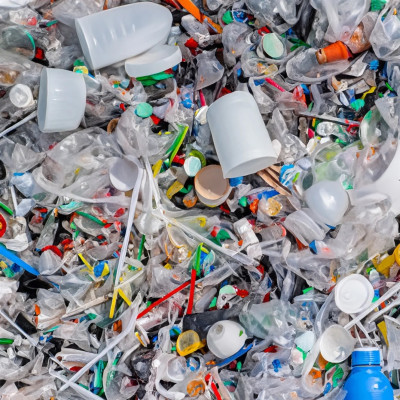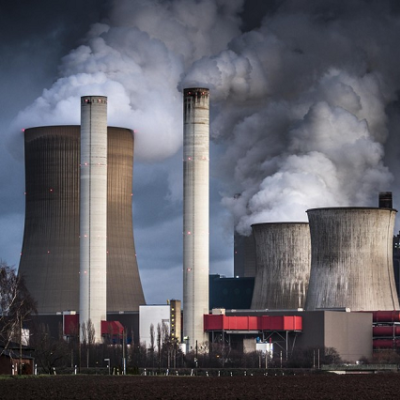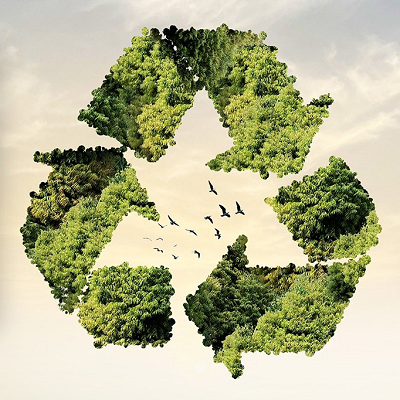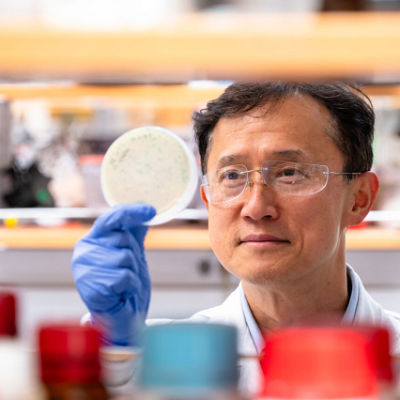“Many don’t realise that materials science is the reason for having smartphones, laptops, satellites, rockets, optic fibres, electric cars and so on,” Dr Veronica Sofianos told SiliconRepublic.com.
“All of which not only improve the quality of our lives but also generate new knowledge in other STEM fields, like astronomy for example.”
Sofianos is a materials scientist and assistant professor at University College Dublin. Previously, she won a scholarship from the National Center of Scientific Research Demokritos in Athens, Greece, to conduct a PhD on nanomaterials for photocatalytic air purification.
Thinking back to primary school, Sofianos remembered struggling with spelling but never maths. “I could solve mathematical problems way faster than spelling words. It was then when I first realised my interest in STEM, and how naturally it came to me. I am also a very curious and creative person, who gets bored very fast when having to do a repetitive task.”
It was these traits that led her to a career in STEM and, specifically, materials science. “Materials science is an extension of who I am, I enjoy the STEM aspect of it and I love how creative it can be. I find true joy in it, and I am very happy that I made the right choice at the time.”
Currently, her research group is developing cheap nanomaterials for sustainable energy. “We are researching ways to split water to produce green hydrogen that can be used locally in Ireland and/or exported,” she said.
“Ireland has a very good geographical location for exporting green hydrogen, we just need to develop the technology so it can be mass-produced cost effectively, while using renewable energy to do so.”
Giving the planet a break
Moving towards renewable energy has become more important than ever for Ireland and the world.
In May of this year, the World Meteorological Organization found that four climate records were broken last year, a “clear sign” of the impact human activity is having on the climate emergency.
Closer to home, Ireland’s greenhouse gas emissions increased by nearly 5pc last year and rose above pre-Covid levels, according to recent figures from the Environmental Protection Agency.
As well as green hydrogen, Sofianos’s research group is also working to solve the long-term problem of energy storage by repurposing waste and transforming it into thermal batteries.
“Thermal batteries have the ability to store energy cost effectively in the form of heat. This heat is stored in chemical reactions for an unlimited time without any energy losses,” she explained.
“They can be easily scaled up or down and are ideal for storing renewable energy that can be released when demand is high, or when supply is low – for instance, when the wind is not blowing.”
Sofianos took part of this year’s Soapbox Science Dublin event, where she spoke about how nanoparticles can help combat the climate crisis.
“Nanoparticles for me encapsulate the magic of science and will play a key role in combatting climate change by either producing green energy or storing it,” she said.
“My research group is trying to understand how the physical and chemical properties of nanoparticles are linked to their ability to produce or store green energy. If we manage to do this successfully, we can then tailor nanoparticles for specific green energy applications.”
Sofianos is hopeful that this research will lead to the development of cheap and efficient nanoparticles that can mass-produce green energy such as hydrogen or store renewable energy long term without energy losses.
“We can then give our tormented planet a break and provide a better future for our children than the one that is currently foreseen if we don’t stop climate change.”
She added that materials science has already come a long way with the part it plays in everything from our phones to electric cars, and that there’s so much more change to come.
“We just have to make sure that this change will be for the better, where net zero in the energy sector is a reality, and fossil fuels are finally left in the ground.”
The materials science sector
Sofianos has been working in materials science for many years and one misconception she would like to correct is the idea that academics are “well-spoken white men with grey hair, wearing blazers and corduroy trousers, who sit in their dusty office full of books and ponder”. She said this image is nothing more than fiction.
“We academics come in various skin and hair colours, we cover a big range of accents and can be female, male or LGBTQ. The most common things about us though are our love and passion for academia, our messy offices and our no time to ponder even though that is when we are most creative.
“We juggle to balance research, teaching and administrative duties including our personal lives. We are like every other person who tries to balance work and life.”
In her own career, Sofianos said she has experienced many major challenges, but they taught her to become more resilient.
“The biggest challenges I would say have been job uncertainty, having short-term contracts and not knowing whether I could secure another academic position at the end of each contract; finding time to do the important things that will progress my career versus the urgent things; and securing research funding that will enable my research to keep evolving and developing.”
Read the original article on Silicon Republic.







